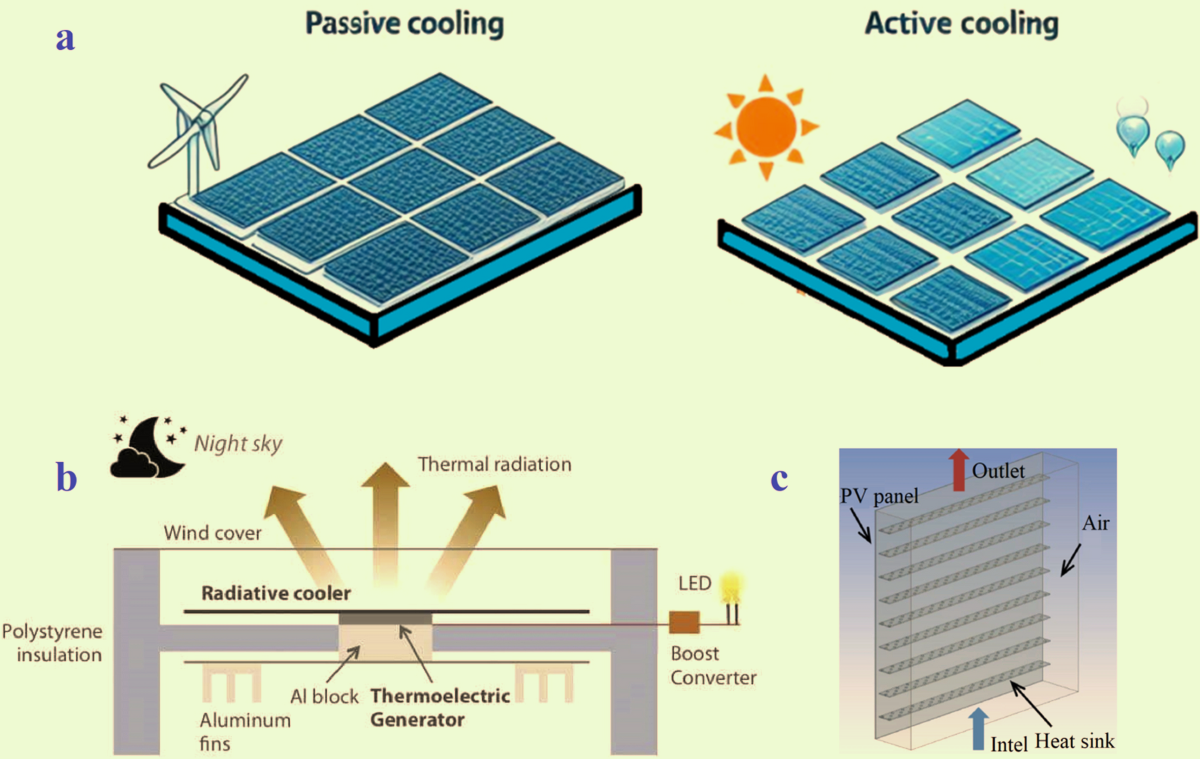With the rising adoption of rooftop solar systems in India, the Net Metering Policy has emerged as a key driver in promoting solar energy usage. This policy allows consumers to make the most of their solar power while also saving on electricity bills.
So, what exactly is net metering? In simple terms, it is a system where the electricity generated by your solar rooftop panels is first used to power your home or business. If excess power is produced, it is sent back to the grid.
The beauty of net metering lies in the credit system. When you export extra units of solar electricity to the grid, your power meter records it. Later, when you consume electricity from the grid, these exported units are adjusted against your usage.
This means you only pay for the net consumption, i.e., the difference between the power consumed and the power exported. In some cases, consumers may even receive credits that reduce future bills.
The Government of India and various state DISCOMs actively promote net metering to encourage renewable energy adoption. It not only lowers consumer electricity costs but also supports the national goal of cleaner energy.
Net metering is especially beneficial for households and businesses with high daytime consumption, as solar power generation is maximum during daylight hours.
The policy also ensures that solar energy is utilized efficiently without wastage, while helping the grid handle demand more sustainably.
In short, the Net Metering Policy in India makes solar adoption more attractive, cost-effective, and environmentally responsible. It empowers consumers to become both energy users and energy producers.




